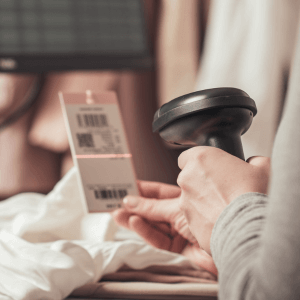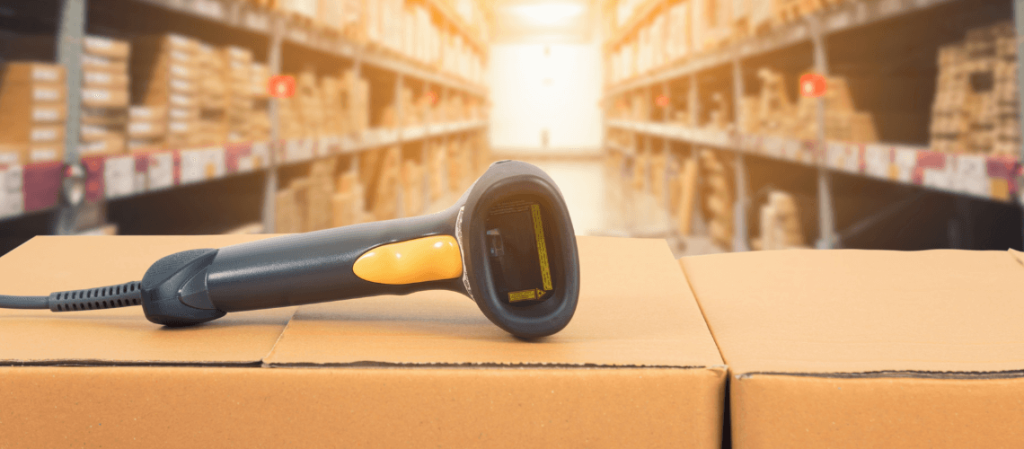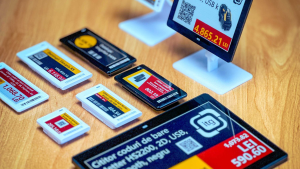In the world of modern technology, barcodes have become omnipresent, facilitating a wide range of operations in retail, logistics, healthcare and other various industries. On October 7th, we celebrate the day of the world’s first barcode patented, thus marking the beginning of a quiet revolution in AIDC (Automatic Identification and Data Capture) and POS (Point of Sale). In this article, we will explore the fascinating history of barcodes and their profound impact on the modern business world.
A revolutionary innovation: the birth of the barcode
In 1948, Bernard Silver, a student at Drexel Institute, heard a discussion about the need for an automatic product identification system. Together with his colleague, Norman Joseph Woodland, they began to work on creating such a system. After years of research and experimentation, on October 7th, 1952, they succeeded in patenting the world’s first barcode, marking the beginning of a new era in identification technology.
The evolution of barcodes: from invention to implementation
Originally, barcodes were represented as lines and spaces of varying widths, a concept that evolved over time to include other symbols such as circles and hexagons. In 1974, the first product scanned in a supermarket was a pack of Wrigley gum, marking the beginning of a revolution in the retail industry.
Integration into AIDC and POS systems

Barcodes have quickly become an essential tool in AIDC and POS systems, facilitating processes such as inventory management, product tracking and speeding up the checkout process. It has enabled companies to collect and analyze data in real time, thereby optimizing operations and reducing costs.
The benefits of Bar Codes
In the digital era, barcodes continue to offer several significant benefits, including:
- Increased efficiency: Through the automation of processes, barcodes reduce the time required to perform various tasks, thereby increasing efficiency.
- Reducing errors: Manual systems are prone to errors. Barcodes, on the other hand, minimize the possibility of error, ensuring data accuracy.
- Reduced costs: By optimizing processes, barcodes help reduce operational costs.
- Easy implementation: Barcodes can be easily integrated into existing systems, making them an accessible solution for many companies.
Looking into the Future: Barcodes in the Digital Age

As we enter a new era of technology, barcodes continue to evolve, with new forms and applications constantly emerging. Technologies such as QR codes and RFID are expanding the possibilities of barcodes, providing new opportunities for innovation and efficiency in the AIDC and POS industry.
From their invention in the 1950s until today, barcodes have revolutionized the way we do business, facilitating a wide range of processes and helping to increase efficiency in many industries. On October 7th, we celebrate this remarkable innovation and its lasting impact on the modern business world.



